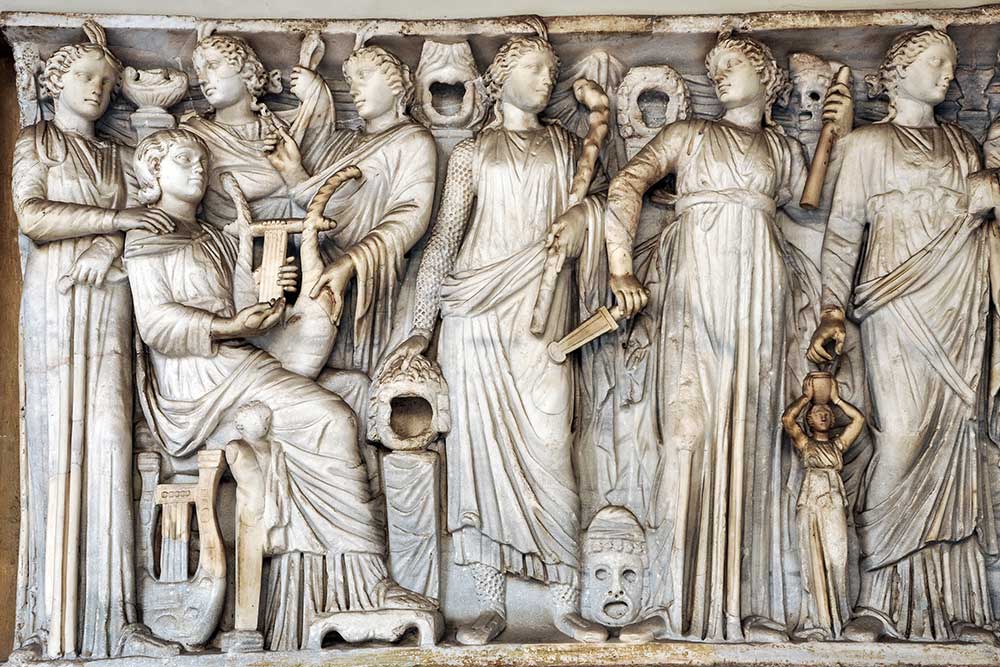Introduction
This essay evaluates the usefulness of the provided passage in explaining Julius Caesar’s actions in 49 BC, specifically his decision to cross the Rubicon into Cisalpine Gaul, an act widely regarded as the catalyst for the Roman Civil War. The passage highlights several key points: the Senate’s refusal to intervene on Caesar’s behalf, his opponents’ rejection of compromise, and speculations about his motives, including a desire for power and general turmoil as suggested by Pompey. By assessing the historical context, the reliability of these claims, and alternative explanations, this essay aims to determine the passage’s value as a source for understanding Caesar’s actions. While the passage provides some insight, its usefulness is limited by its lack of depth and reliance on subjective interpretations.
Historical Context of Caesar’s Actions in 49 BC
To assess the passage, it is essential to understand the events leading to 49 BC. Caesar, having completed his campaigns in Gaul, sought to return to Rome as a consul but faced significant opposition from the Senate and key figures like Pompey and Cato. The Senate’s demand that he relinquish his military command before entering Italy placed him in a vulnerable position, risking prosecution for alleged misconduct during his governorship (Goldsworthy, 2006). His crossing of the Rubicon with his army was a direct act of defiance, effectively declaring war on the Senate. The passage correctly identifies the Senate’s refusal to support Caesar as a precipitating factor, aligning with historical accounts that note growing tensions between Caesar and the optimates, who sought to curb his power (Gelzer, 1968). However, the passage oversimplifies the situation by framing it solely as a matter of “national importance” without exploring the complex political dynamics at play.
Evaluation of Motives Suggested in the Passage
The passage offers speculative motives for Caesar’s actions, notably Pompey’s claim that he desired “general turmoil and confusion” and the suggestion that Caesar sought dictatorship to fulfill youthful dreams. These ideas echo ancient sources like Plutarch, who portrays Caesar as ambitious and driven by a desire for power (Plutarch, 1919). However, such claims are subjective and reflect the biases of Caesar’s opponents rather than offering concrete evidence. Modern historians argue that Caesar’s decision was more pragmatic, driven by self-preservation rather than chaos; had he disbanded his army, he risked prosecution and political ruin (Goldsworthy, 2006). The passage’s focus on personal ambition, while not entirely baseless, overlooks these practical considerations, thus limiting its explanatory depth. Furthermore, Cato’s pledge to impeach Caesar, as mentioned, is historically accurate and underscores the hostility he faced, but the passage does not elaborate on how this threat influenced his actions (Gelzer, 1968).
Limitations of the Passage as an Explanatory Tool
While the passage identifies key events and attitudes surrounding 49 BC, its usefulness is constrained by several factors. Firstly, it lacks specific details, such as dates or the broader context of Roman political structures, which are crucial for understanding the stakes involved. Secondly, the reliance on opinions (e.g., Pompey’s accusation) introduces bias without critical evaluation or corroboration from other sources. Indeed, historians caution against over-relying on such statements, as they often reflect propaganda rather than fact (Everitt, 2001). Lastly, the passage neglects alternative motives, such as Caesar’s loyalty to his soldiers or his intent to protect his dignity (dignitas), which ancient and modern accounts suggest were significant drivers (Goldsworthy, 2006). Therefore, while the passage provides a starting point, it is incomplete as a comprehensive explanation of Caesar’s actions.
Conclusion
In conclusion, the provided passage offers limited usefulness in explaining Caesar’s actions in 49 BC. It accurately highlights the Senate’s refusal to intervene and the hostility of figures like Pompey and Cato, which undoubtedly contributed to Caesar’s decision to cross the Rubicon. However, its speculative nature, lack of detail, and failure to consider alternative motives or broader contexts diminish its explanatory power. To fully understand Caesar’s actions, one must supplement this passage with additional sources that provide a more balanced and nuanced perspective. This analysis underscores the importance of critically evaluating historical evidence, particularly when it originates from biased or incomplete accounts. Ultimately, while the passage serves as a useful entry point, it alone cannot fully elucidate the complex motivations behind one of Rome’s most pivotal moments.
References
- Everitt, A. (2001) Cicero: The Life and Times of Rome’s Greatest Politician. Random House.
- Gelzer, M. (1968) Caesar: Politician and Statesman. Harvard University Press.
- Goldsworthy, A. (2006) Caesar: Life of a Colossus. Yale University Press.
- Plutarch. (1919) Plutarch’s Lives: Caesar (translated by B. Perrin). Loeb Classical Library.


